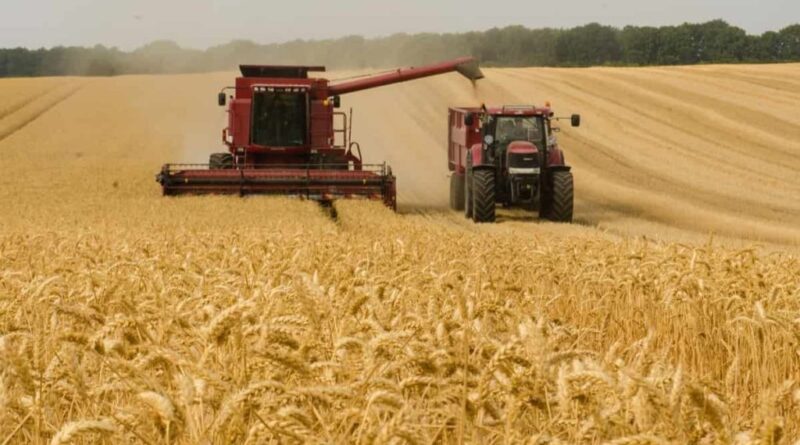US wheat gets a glow-up: Multiyear highs for crop health, export sales
By Karen Braun
Second-worst ever. That’s how health conditions for the 2025 U.S. winter wheat crop were described last autumn.
But winter wheat ratings now sit at a six-year high for early June, just as the harvest is kicking off. This is exactly what U.S. exporters need to continue – and potentially expand – their impressive sales into next year.
As of Sunday, the U.S. Department of Agriculture rated 54% of the U.S. winter wheat crop in good or excellent (GE) condition, above trade expectations and up from 50% two weeks earlier.
That is up significantly from 38% GE in late October, which was the crop’s second-worst start in the 39-year dataset. The 16-percentage-point improvement since then is the period’s largest.
U.S. winter wheat at 54% GE is the date’s best rating since 64% in 2019. The crop was 62% GE at this point in 2016, which still holds the record U.S. winter wheat yield. Final yields were about 13% and 7% above the long-term trend in 2016 and 2019, respectively.

For comparison, winter wheat was 47% GE one year ago and final yields were close to trend.
Analysts expect USDA on Thursday to make a marginal increase to its 2025-26 U.S. winter wheat harvest forecast, but the trade has already been wrong on this crop. A month ago, USDA’s crop peg was at the very top of market guesses.
USDA a month ago pegged 2025-26 U.S. winter wheat yield at a nine-year high of 53.7 bushels per acre, which would be roughly 3% above trend.
RAIN, RAIN, GO AWAY
Not everything is going perfectly. The U.S. winter wheat harvest was 4% completed as of Sunday, a weekly advancement of just 1 percentage point. The trade was looking for 8%.
In the No. 3 winter wheat state of Oklahoma, only 5% of the crop has been harvested compared with 44% a year ago and a five-year average of 23%. Over the past couple of weeks, top hard red winter wheat (HRW) states like Kansas and Oklahoma have observed more than double their normal rainfall totals.
Some HRW wheat areas may continue experiencing heavier rains over the next several days, mainly in the southern portion. Top grower Kansas should remain on the drier side in the next week or so, favoring harvest pace there.
If excessive rains were to continue, it could be a problem. Not only do they delay harvest, but they could reduce grain quality, clipping both test weights and starch content and ultimately, the value.
Foreign buyers are counting on that wheat. As of May 29, U.S. wheat export sales for the 2025-26 marketing year that began on June 1 sat at a 12-year high for the date following a surge in bookings last month.
Some 39% of those bookings were for the HRW variety, the date’s largest portion in five years and up from 24% a year ago. By volume, U.S. HRW export sales for 2025-26 are at a 17-year high.
New-crop U.S. hard red spring wheat also rang in 2025-26 with total sales among the best in decades.
U.S. spring wheat health is trending positively, too. Some 53% of that crop was rated GE as of Sunday, up from the initial 45% two weeks earlier. Ironically, as with winter wheat, that was spring wheat’s second-worst initial health rating on record.
The 53% is still below average for the date, but the big improvement is promising. U.S. spring wheat producers may be able to partly offset their 55-year low in plantings should weather continue its favorable trajectory.
Karen Braun is a market analyst for Reuters. Views expressed above are her own.
This article has been republished from The Reuters.

